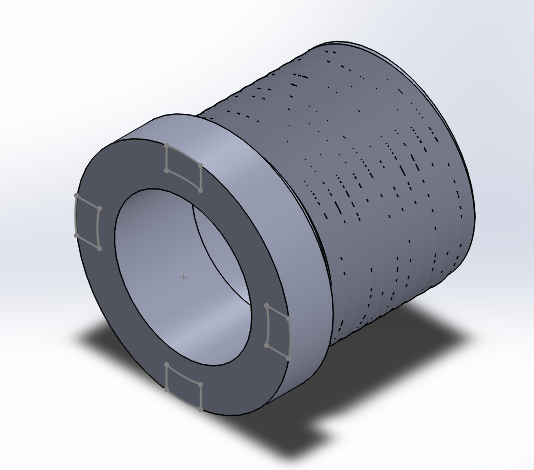Good quality chill-cast iron is an excellent bearing surface and it is a relatively inexpensive material. The reason I and Doug Hewson advocate its use is that good CI has a lot of graphite within it and this is in itself and excellent lubricant when the oil supply is marginal. As someone already mentioned, many lathes ran the spindles in the CI without fancy bronze or babbit linings and they just go on and on if you remember a drop of oil occasionally.
As far as sash weights go, forget them. They are made from pig-iron, the lowest form of cast iron and they are really horrible to machine and contain all sorts of other muck in them. If you just want mass then thay are fine but for anything else I would not consider them. Chill cast continuously poured CI round bar is cheap, you can also get spun cast hollow tubes but these are harder to find. When making things like piston rings about 95% of the CI solid bar ends up in the lathe swarf tray as scrap! So in these cases hollow tube is less wasteful, depends on the diameter mostly.
Modern continuous cast iron round bar has an excellent surface if the foundry workers get it right. Some 35mm diameter bar I bought last week is almost good enough without skimming the outer surface, but the surface finish can vary a lot between batches. The spun cast variety is also much harder and longer wearing than normal cast round bar, but it machines beautifully with a carbide tool, just like chalk but the dust isn't as nice!
John Fielding.







